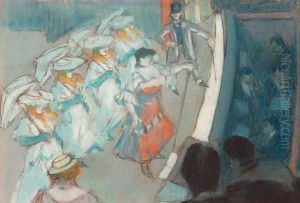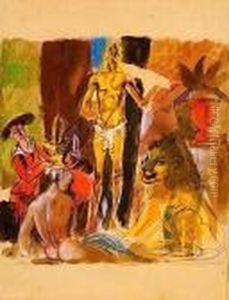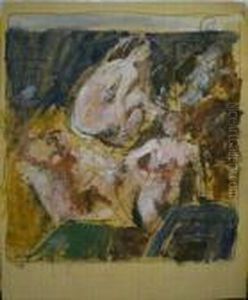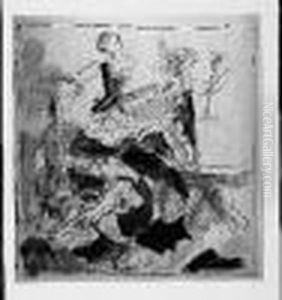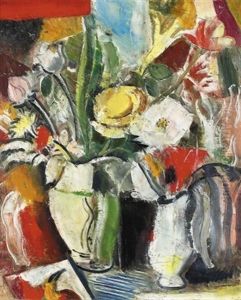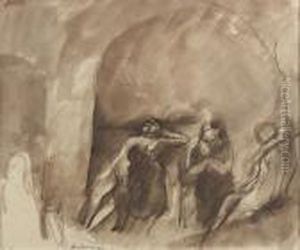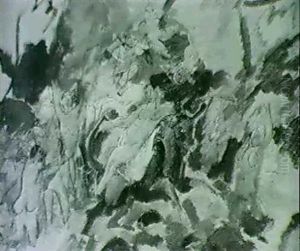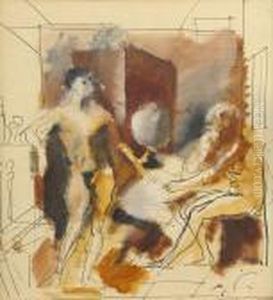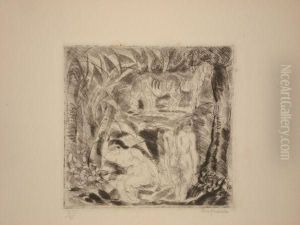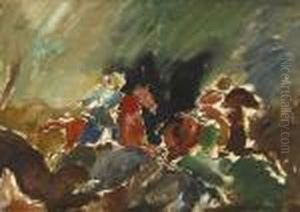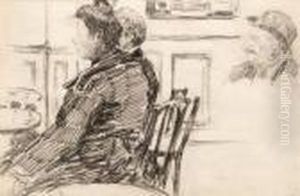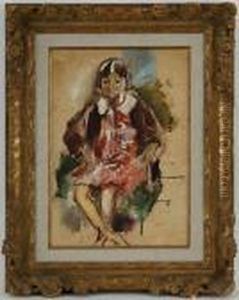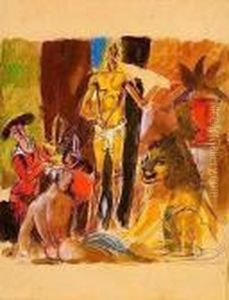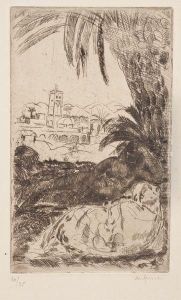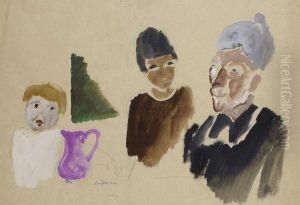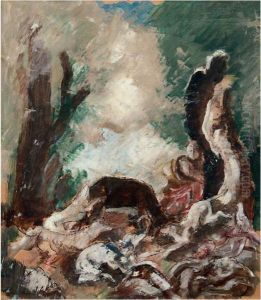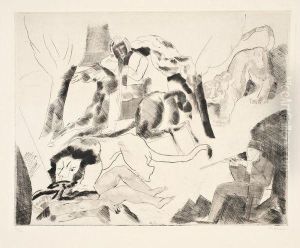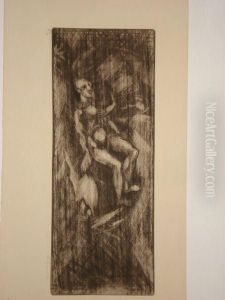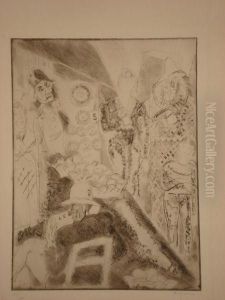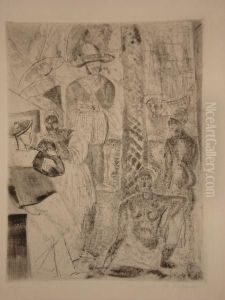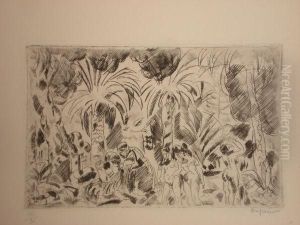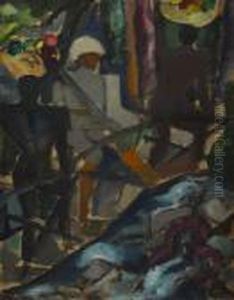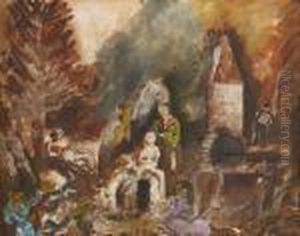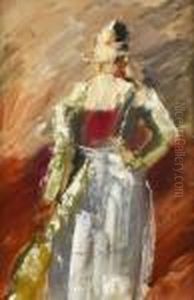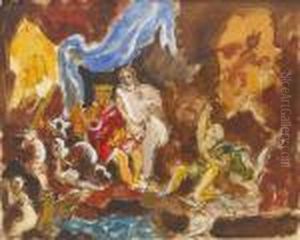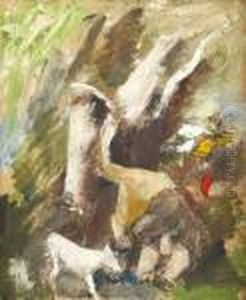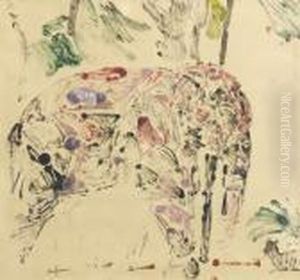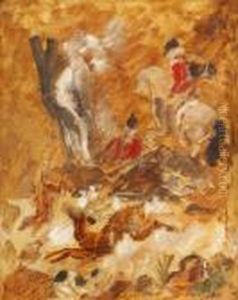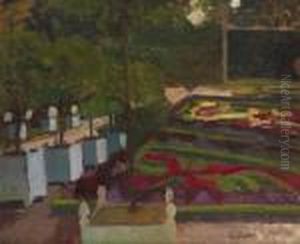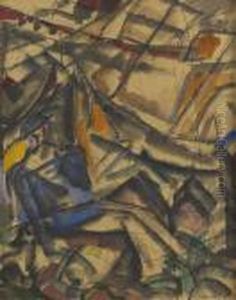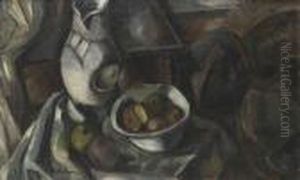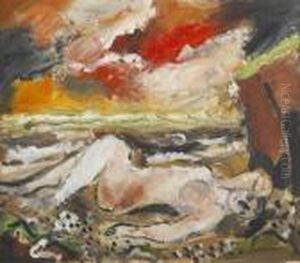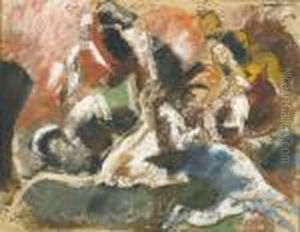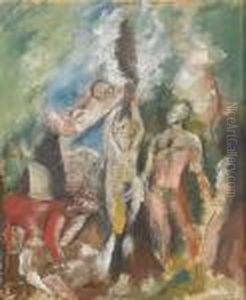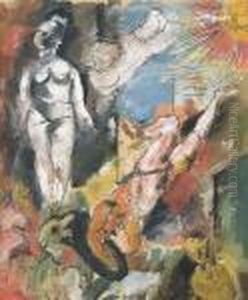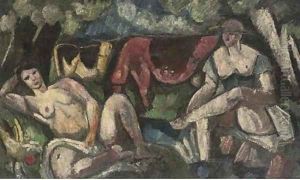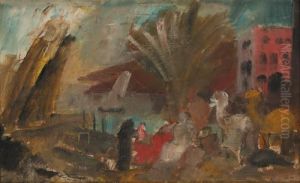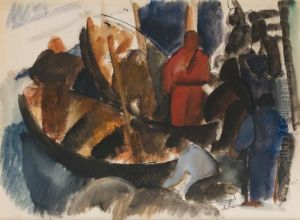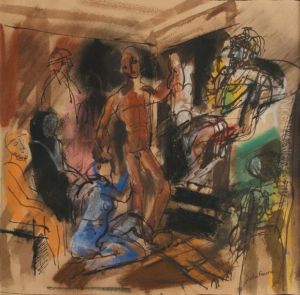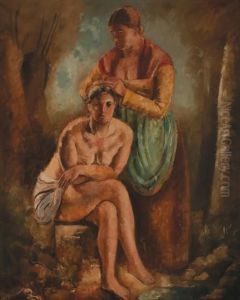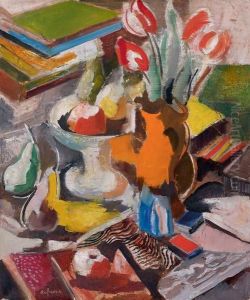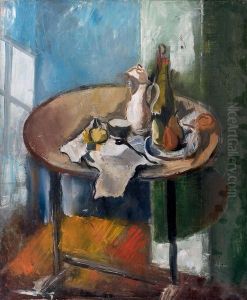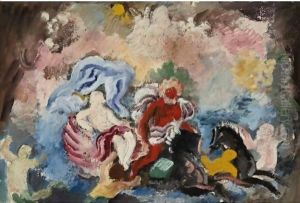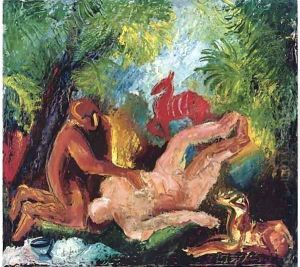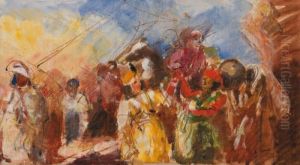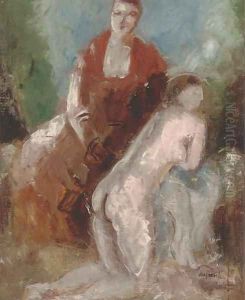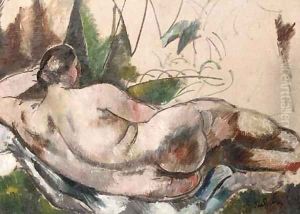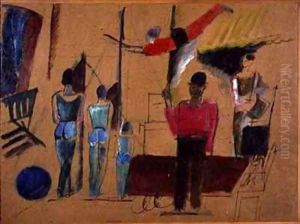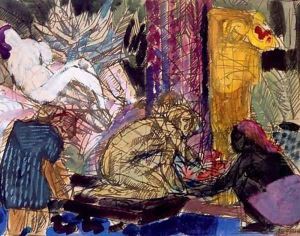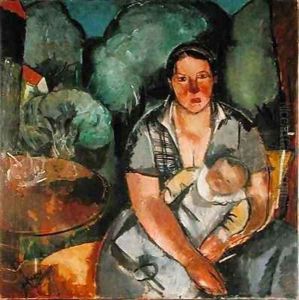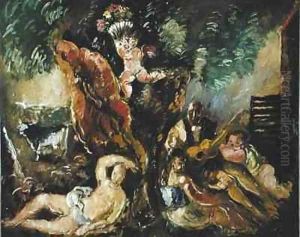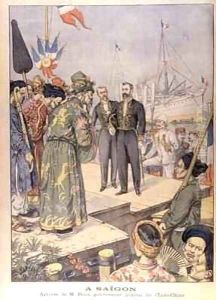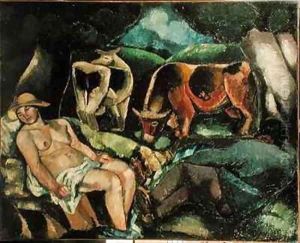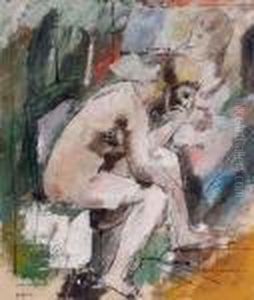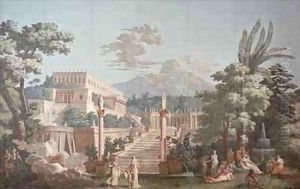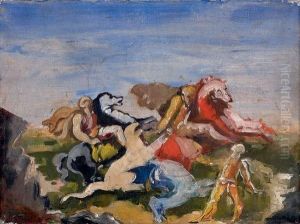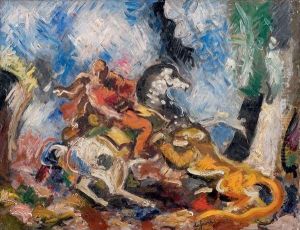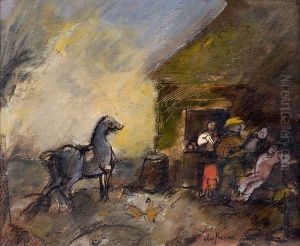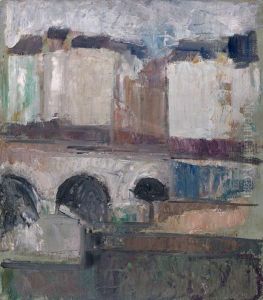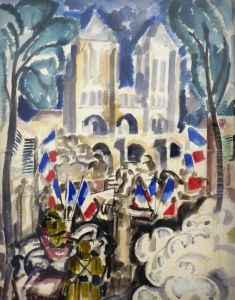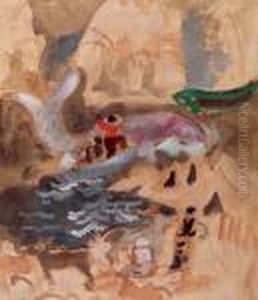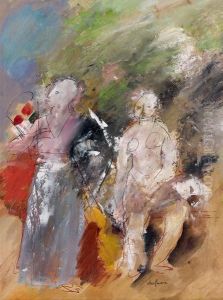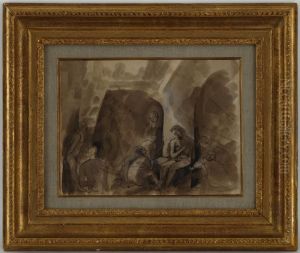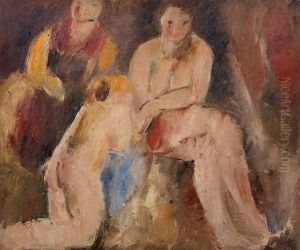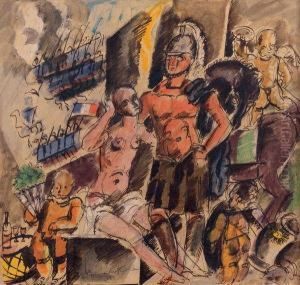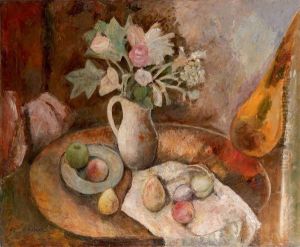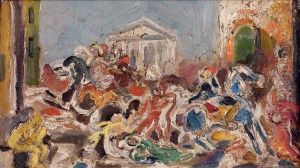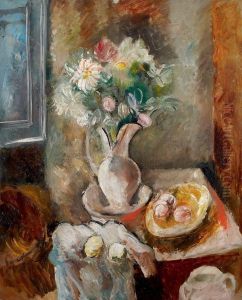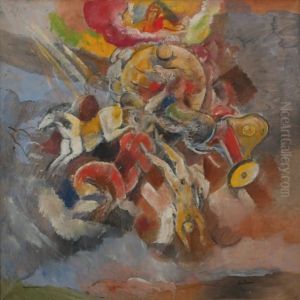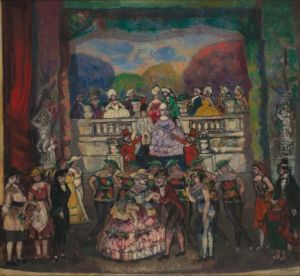Charles Georges Dufresne Paintings
Charles Georges Dufresne, born on October 1, 1876, in Millemont, France, was an influential French painter, sculptor, and engraver whose eclectic style defied easy classification. Throughout his career, Dufresne experimented with various artistic movements, including Symbolism, Fauvism, and a unique blend of Classicism and Modernism. He was known for his vibrant use of color and his ability to capture the essence of his subjects with dynamic compositions.
Dufresne received his formal art education at the École des Arts Décoratifs and the École des Beaux-Arts in Paris. His early work displayed the influence of his contemporaries, such as the Nabis and the Impressionists. Around the turn of the century, he became associated with the Symbolist movement, which emphasized the expression of emotional experience over physical reality.
As Dufresne's style evolved, he became associated with the Fauves, a group of artists led by Henri Matisse, known for their use of bold, non-naturalistic colors and strong painterly qualities. Dufresne's Fauvist works were characterized by a heightened sense of color and simplified forms. Despite his association with these movements, Dufresne often strayed from their doctrines, following his own artistic intuition and interests.
Dufresne traveled extensively, and his experiences in North Africa, particularly in Algeria, had a profound impact on his use of light and color. Throughout his travels, he captured the local landscapes and people, conveying a sense of exoticism and adventure in his work.
In addition to painting, Dufresne also worked in other mediums. He executed decorative panels, murals, and stage designs, including the decoration of the Théâtre des Champs-Élysées and the creation of sets for Sergei Diaghilev's Ballets Russes. His versatility and skill in these areas contributed to his reputation as a multifaceted artist.
During his lifetime, Dufresne's work was exhibited in many prestigious venues, including the Salon des Indépendants, the Salon d'Automne, and various galleries in Paris and abroad. His art was well-received by both critics and collectors, and he was awarded the Legion of Honor by the French government in recognition of his contributions to the arts.
Charles Georges Dufresne passed away on September 6, 1938, in La Seyne-sur-Mer, France. His legacy continues to be celebrated in the art world, and his works can be found in numerous museum collections, including the Musée d'Orsay and the Centre Pompidou in Paris. His artistic journey reflects a passionate and independent spirit, one that was constantly seeking new ways to express the beauty and complexity of the world around him.
